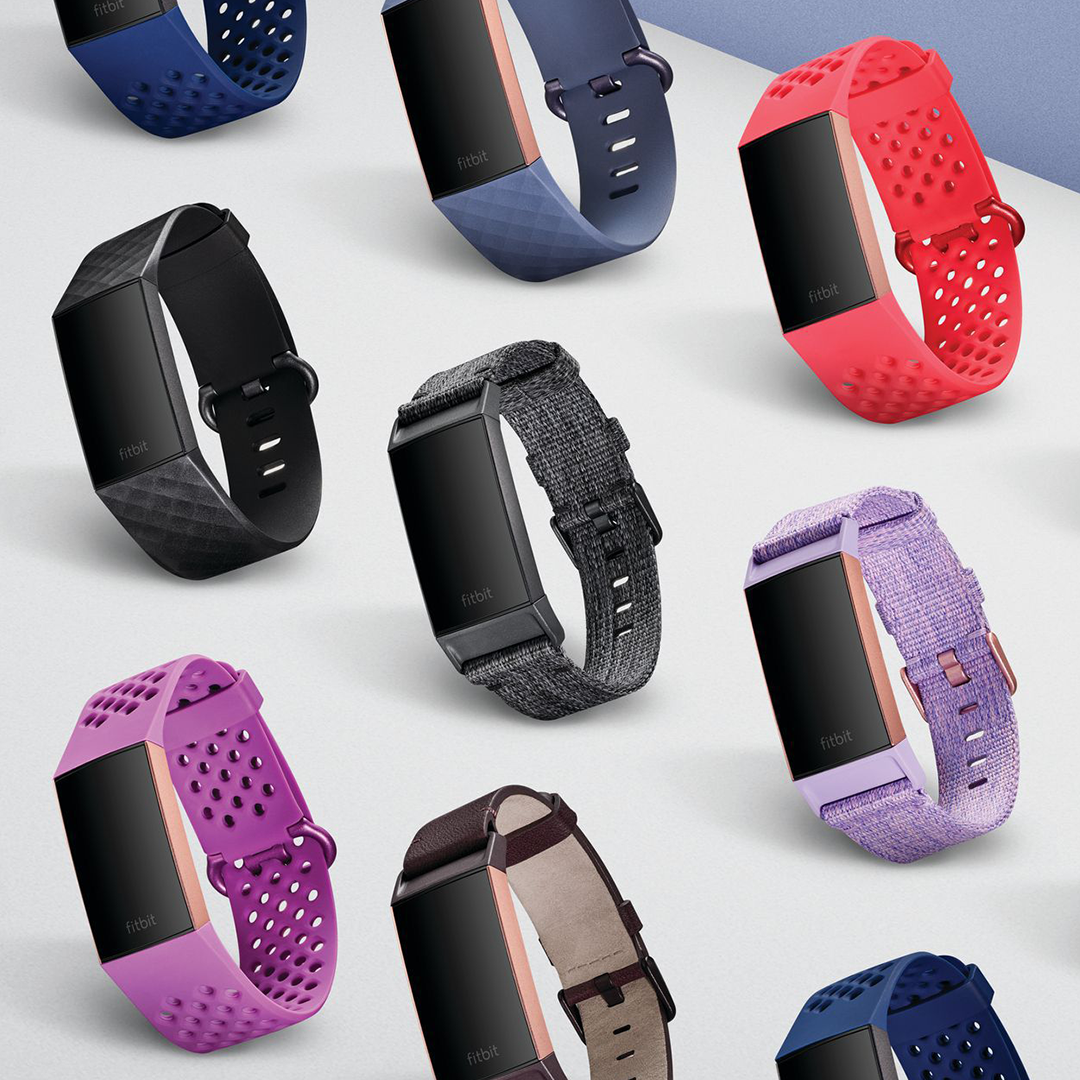

There’s also an ambient light sensor which automatically adjusts brightness. Charge 5 packs a colour display for the first time and it’s twice as bright then the grayscale of its predecessors. The company has obviously taken inspiration from Luxe.

It also looses the physical button so you need to rely solely on the display for navigation. Yes, the device is still recognisable as part of the Charge range, but with rounded edges it looks a lot sleeker than before. With Charge 5 Fitbit has introduced some more significant aesthetic upgrades. Fitbit Charge 5 – a major design overhaul The other difference is that the button is recessed on Charge 4. Apparently the backlighting adjustment is slightly better on Charge 4 so visibility should be better. The housing and buckle are made of anodized aluminum.Īs far as display, the duo packs a grayscale touchscreen and single physical button on the side to help with navigation. Both are built from very lightweight material including an aerospace grade aluminum case and Corning Gorilla Glass 3 display. Similar in size and shape, they have exactly the same water-resistance and quality of screen. It’s not as easy as it sounds – the two are practically identical.

Try and spot the design difference between Charge 4 and 3. Should you upgrade if you have one of the older devices?įitbit Charge 5 vs Charge 4 vs Charge 3: Technical specsįitbit has stuck to the tried and tested look over the years for its Charge range. Is the fifth generation device worth the extra expense? Particularly when you take into consideration its predecessor will now fall in price (check Charge 5 price on Amazon).

But let’s face it, the wearable was due for a refresh. Announced a few days ago the first is the latest version of the San Francisco outfit’s most popular activity band.Įssential reading: Top fitness trackers and health gadgetsĭespite being nearly two years old, the Charge 4 sells very well. In this article we compare Fitbit Charge 5, Charge 4 and Charge 3.


 0 kommentar(er)
0 kommentar(er)
